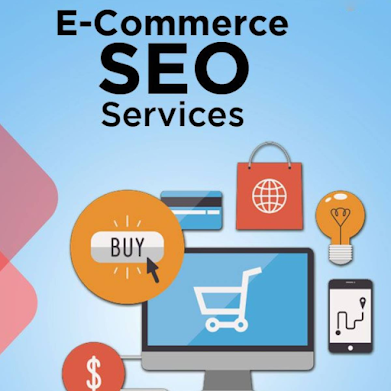The Benefits and Drawbacks of Insourcing and Outsourcing Content
Outsourcing and insourcing content are increasingly important decisions for businesses to make. On the one hand, it offers advantages such as increased efficiency, cost savings, access to new skills, and flexibility. On the other hand, it also carries risks, such as decreased control over quality and data security.
As companies strive to stay competitive, they must weigh the pros and cons of both options carefully before making a decision. To help you decide if outsourcing or insourcing content is right for you, let's look at the benefits and drawbacks of each approach.
Benefits and Drawbacks of Insourcing Content
Benefits of insourcing include improved efficiency and quality control, as well as better cost savings. Companies can use internal staff to use their knowledge and expertise to provide better quality products and services at lower costs. Companies also have greater control over their production process and work environment, allowing them to ensure the safety of their employees. Additionally, hiring and retaining talented employees can help keep costs down since there are fewer recruiting and training costs associated with insourcing.
On the other hand, some potential drawbacks to insourcing must be considered. For example, training and retaining skilled employees may be costly if the project requires specialized knowledge or skills. In addition, companies may experience delays if they do not have access to timely materials or technology. Furthermore, companies may need help to stay competitive in the marketplace since they lack access to external resources or services that could provide an edge.
Benefits and Drawbacks of Outsourcing Content
The benefits of outsourcing include lower wages for employees, access to specialized expertise, cost savings, and the ability to redirect internal resources toward other projects. For example, organizations may outsource accounting services because they don’t have enough in-house staff to handle the workload or because hiring an outside firm with more experience in this area would be cheaper. Outsourcing also allows businesses to adjust hiring levels according to changing needs and market conditions.
However, there are several drawbacks associated with outsourcing as well. These include increased security risks due to working with unfamiliar vendors, quality control issues, lack of control over the outsourced service or operation, language barriers, and difficulty integrating existing systems and data with the outsourced provider. Furthermore, outsourcing can decrease employee morale and loyalty as workers may feel like they have been relegated to second-class status. Finally, there may also be legal ramifications if contracts are not carefully negotiated.
Which is the Best: Insourcing or Outsourcing Content?
Regarding content creation, there are two main approaches: insourcing and outsourcing. Insourcing involves creating content in-house, while outsourcing involves working with a third-party content writing agency. While both approaches can be effective, the best option depends on your budget, timeline, and the type of content you need. Insourcing is typically more affordable and gives you more control over the project's direction.
On the other hand, outsourcing gives you access to experienced professionals who can provide higher-quality content in a shorter time frame than if you were to produce it in-house.
Ultimately, the best approach for you will depend on your situation; if you have a tight budget or want maximum control, insourcing may be the better choice, whereas outsourcing may be preferable if you need high-quality content quickly. No matter which option you choose, research and find the best content marketing agency to meet your needs.


Comments
Post a Comment